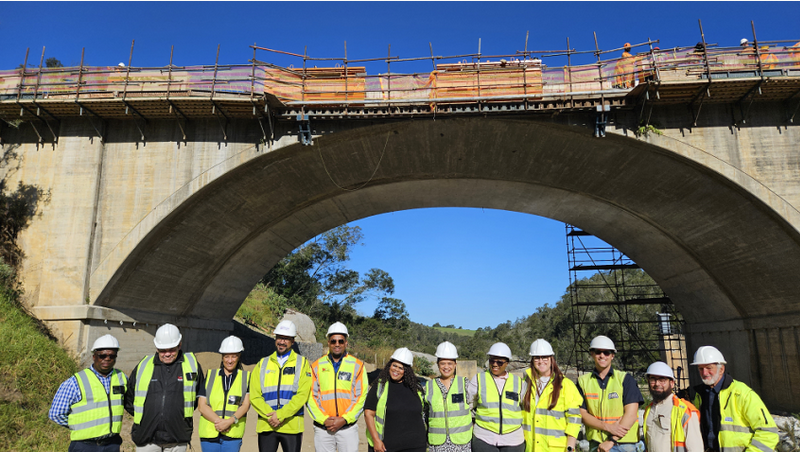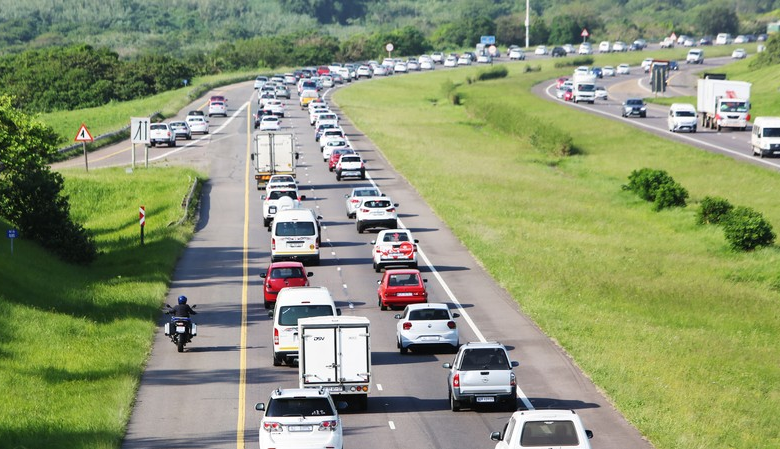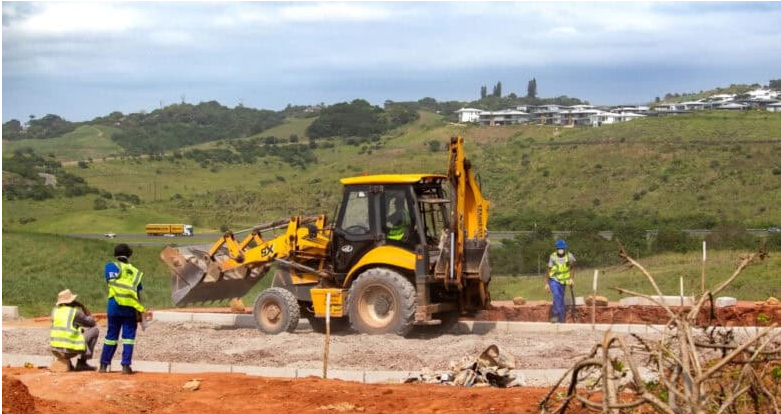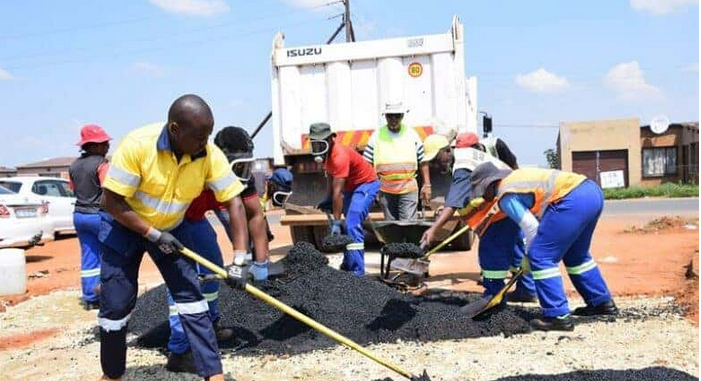Newlands Stadium property plans

04-04-2012
Read : 1161 times
Fin24
Source
How then will they react to any proposal that it should be declared obsolete and rezoned for residential cum mixed-use development – with the Green Point stadium now becoming the accepted venue for all major rugby matches at the Cape?
Paul Henry, managing director of Rawson Developers explains that the whole idea is almost sacrilegious to ardent rugby fans.
He says this massive change in the Cape way of life is a very definite possibility in the not too distant future because the Cape Town City Council has to find some way of ensuring that a better return is achieved on their investment in the Green Point stadium.
Also because the Newlands stadium, in the heart of the suburban area, is zoned for densification, a policy to which the City Council is committed.
It has easy, quick access to traffic and rail corridors and is at the moment mainly occupied by freestanding one and two storey homes, he says.
Any proposal to rezone and develop the stadium will have to involve one of the most intensive environmental and impact assessments ever undertaken in Cape Town, carried out in terms of the Council’s Integrated Zoning Scheme, he says.
Henry says initial investigations will have to answer certain questions which the public are bound to raise.
These are:
- If the rezoning is to be a densification process, just how far is this likely to be carried? Will it involve, as seems likely, the building of high rise blocks and, if so, what height?
- How much of the site will be aside for landscaped areas and, if a mixed-use zoning is approved, just how many retail, office and communal facilities will be incorporated into the scheme?
- Would a mixed-use proposal include a low-cost housing component and, if so, how will the Council ensure that this does not lower the values of other property or detract from their aesthetic appeal?
- Is there any chance that this site would be subject to a land claim in terms of the Restitution of Land Act?
Many Coloured families were moved to the Cape Flats during the sixties and the City Council has had great difficulty in finding a suitable piece of land large enough for resettlement.
Many of those who were expropriated would prefer a compensation payout, he says.
“A problem with such claims, as we have seen at the Claremont bowling green, is that they can take years to settle, during which time the site remains vacant and unused.”
Should the rezoning of the stadium and the demolition or conversion of the current structures become inevitable, the owners of property near the stadium should appoint a working committee made up of town planners and architects to liaise with the city’s urban planners, he points out.
“As I see it, if they are given a voice and can influence the process in their interests, there is no reason why this project should not actually add to the value of their homes.”
Those living near the stadium are currently dominated by massive “faceless” concrete walls – imagine how much more attractive and easily accessed, landscaped garden village with swimming pools, sports facilities, restaurants, shops and five to ten twelve storey flat blocks could be, he notes.
The value placed on the site will be determined by the number, size and quality of the buildings allowed on it.
He adds that a conservative estimate has given the site a R120 million price tag, but in the opinion of others, the value could be well over R200 million.
Recent News
Here are recent news articles from the Building and Construction Industry.
Have you signed up for your free copy yet?


![[Image: Sights of Cape Town and Surrounds / Facebook]](https://static.l2b.co.za/Images/Uploads/Photos//1d12901c-9c1f-41ee-bcac-abf623557919.png)






